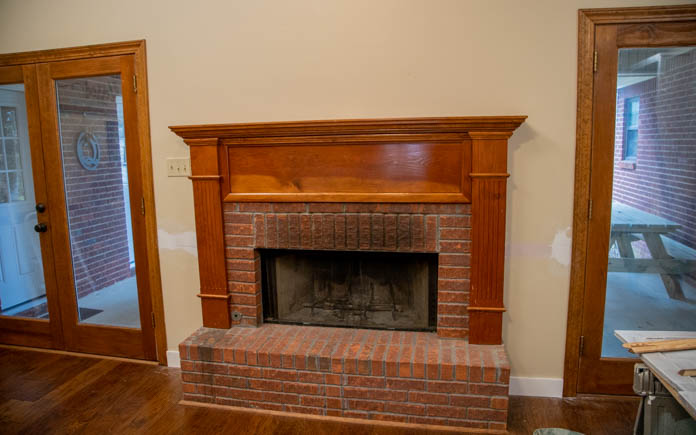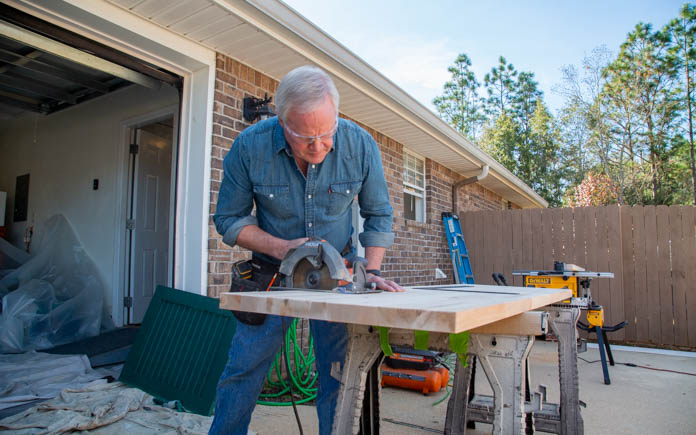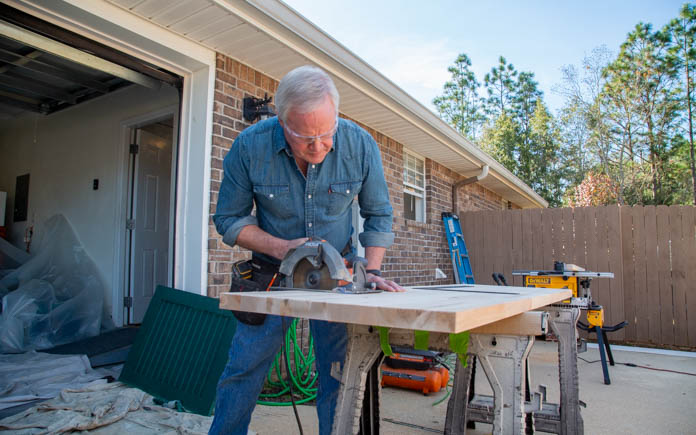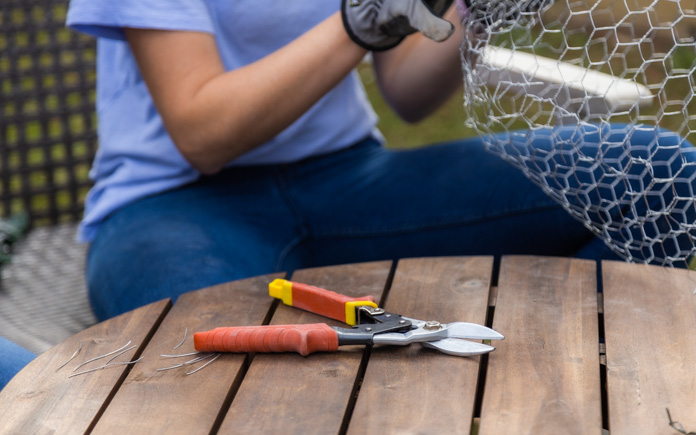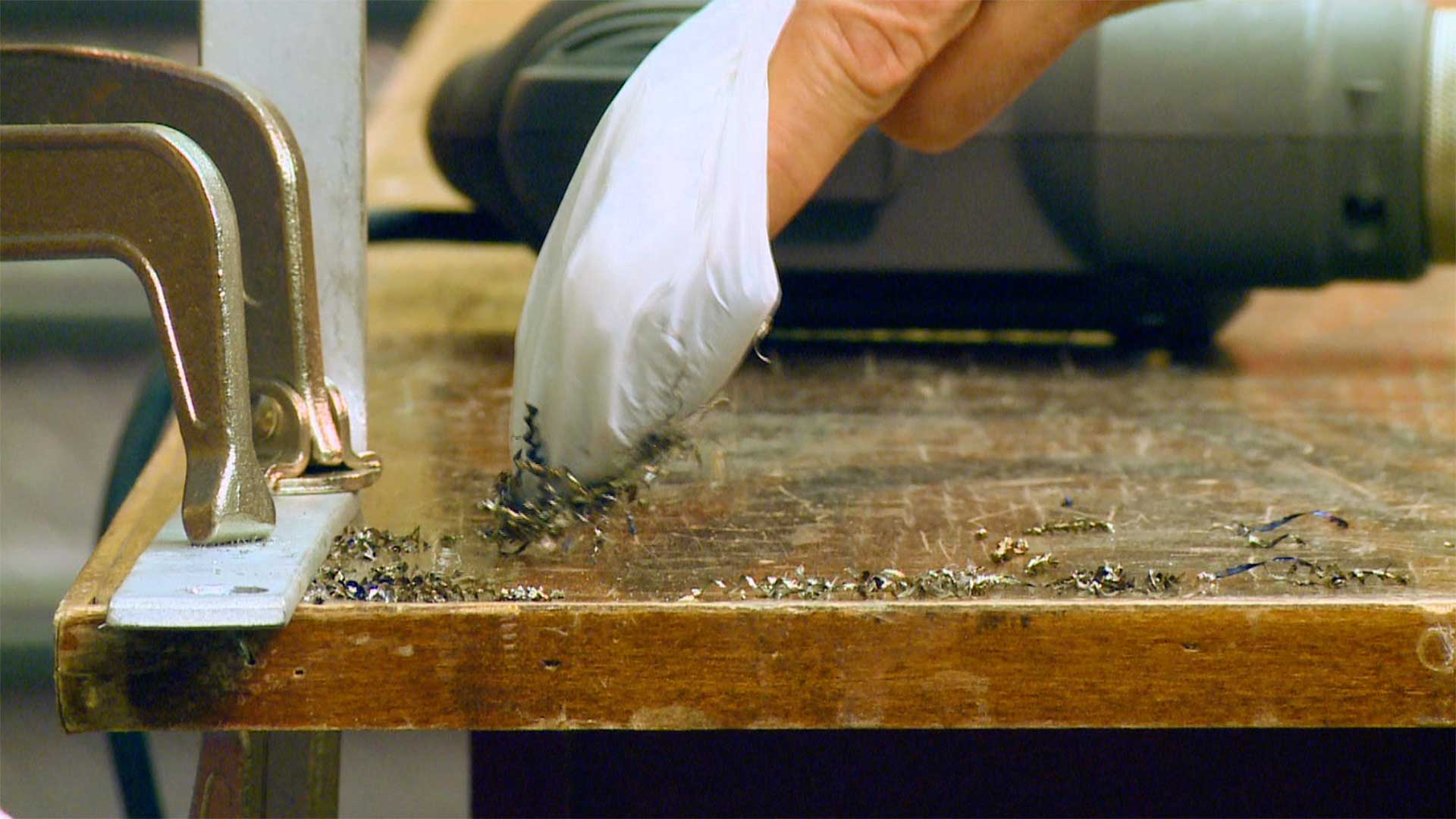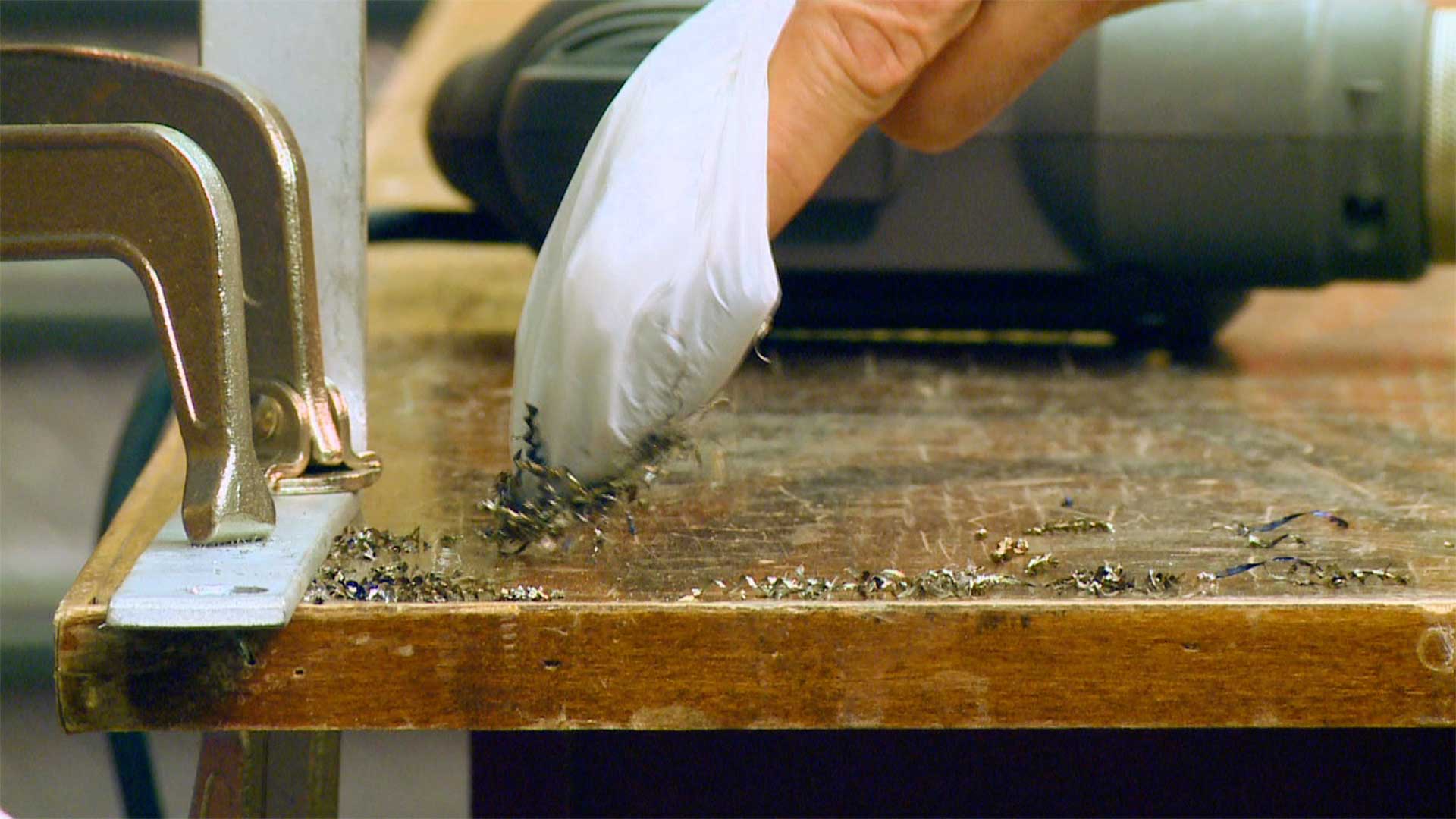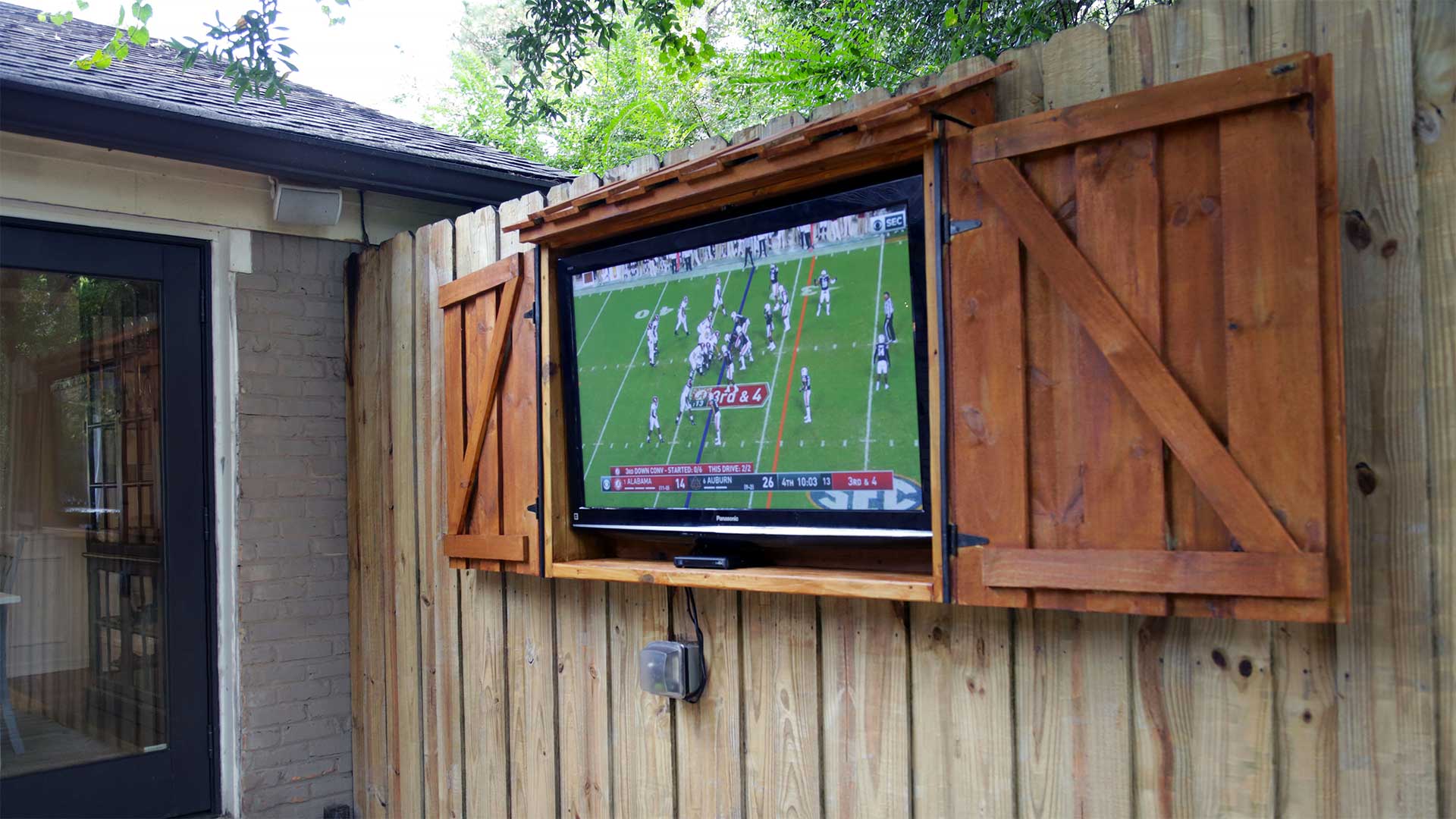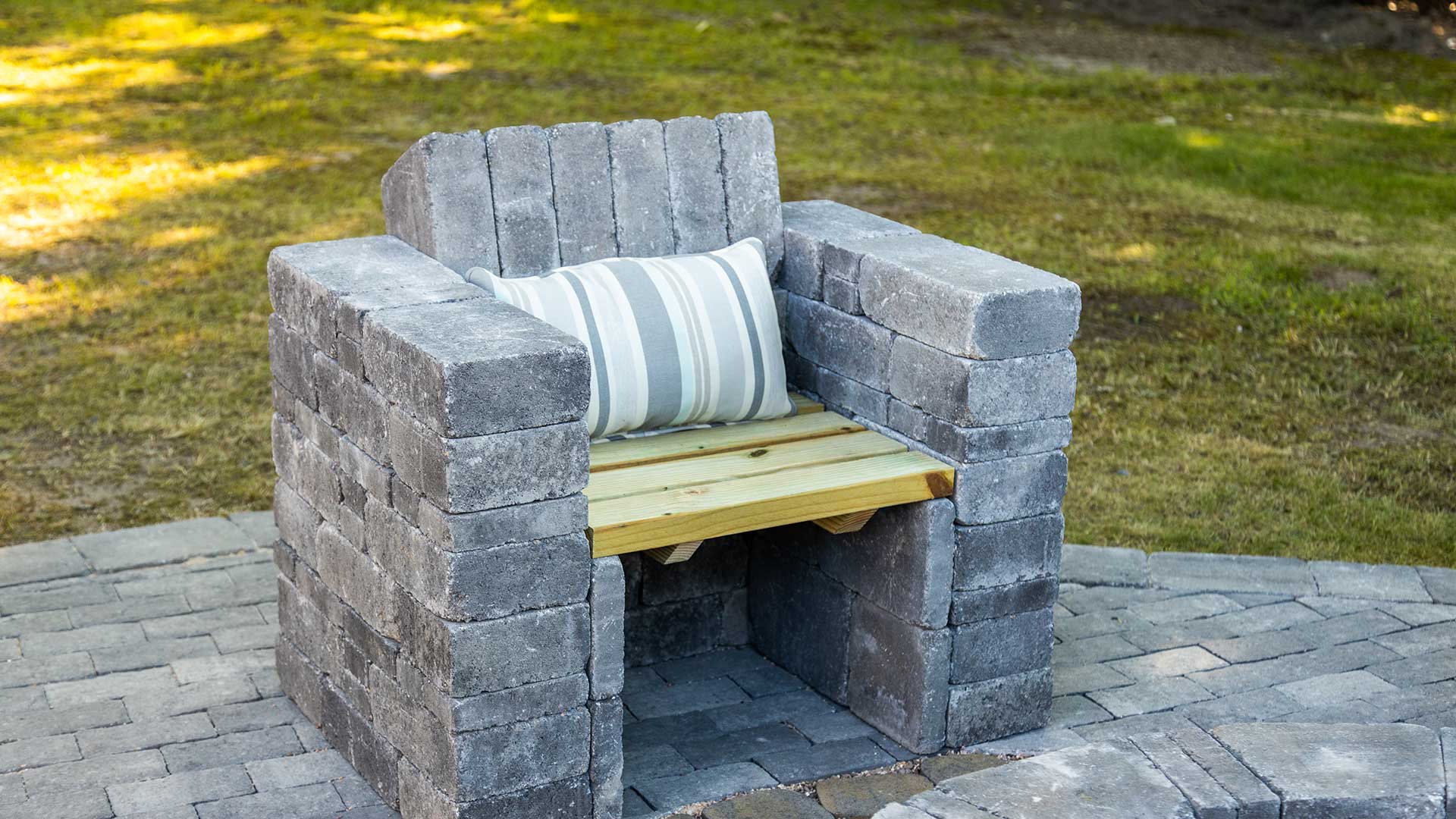How to Whitewash a Brick Fireplace
Whitewashing a brick fireplace can brighten and add character to a dated room. The sheerness of the whitewash paint lets some of the original brick colors show through and gives the fireplace a unique look that many people love. Whitewashing is basically diluting white latex paint with water and lightly coating the surface of a … Read more

